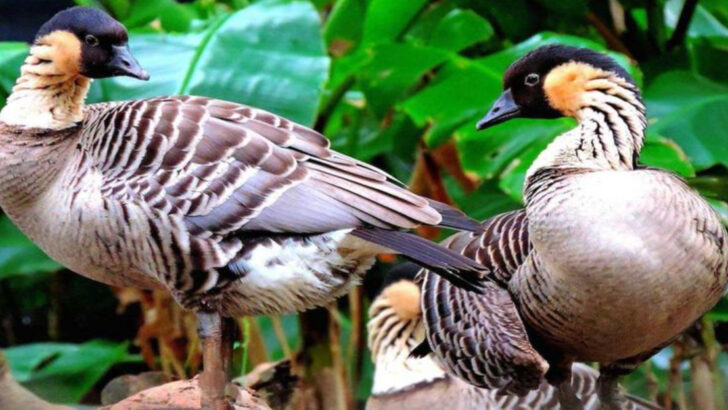You can travel the entire planet and still never find these animals—unless you land in Hawaii. This island chain isn’t just home to stunning beaches and volcanoes. It’s a living museum of creatures that exist nowhere else on Earth. From birds with neon feathers to spiders with smiley faces, Hawaii’s wildlife is as rare as it is unforgettable. Many of these animals evolved in total isolation, turning them into some of the world’s most unusual survivors. Some are shy. Some are bold. All are native legends. Here are 14 animals you’ll only meet in Hawaii—and yes, they’re just as wild as the islands themselves.
Hawaiian Monk Seal
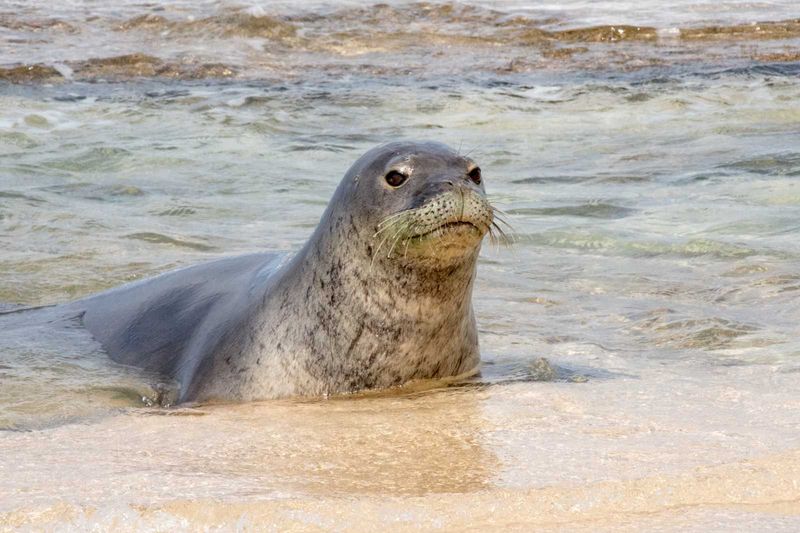
The Hawaiian Monk Seal is a captivating marine creature, known for its round silhouette and curious eyes. Found exclusively in Hawaiian waters, it’s considered one of the world’s rarest seal species. These seals are critically endangered with a population of less than 1,400.
Their gentle demeanor and playful antics in the water make them a beloved symbol of Hawaii’s marine life. They spend most of their time in the ocean but come ashore to rest on sandy beaches.
Conservation efforts focus on habitat protection to ensure the survival of this unique species.
ʻIʻiwi (Scarlet Honeycreeper)
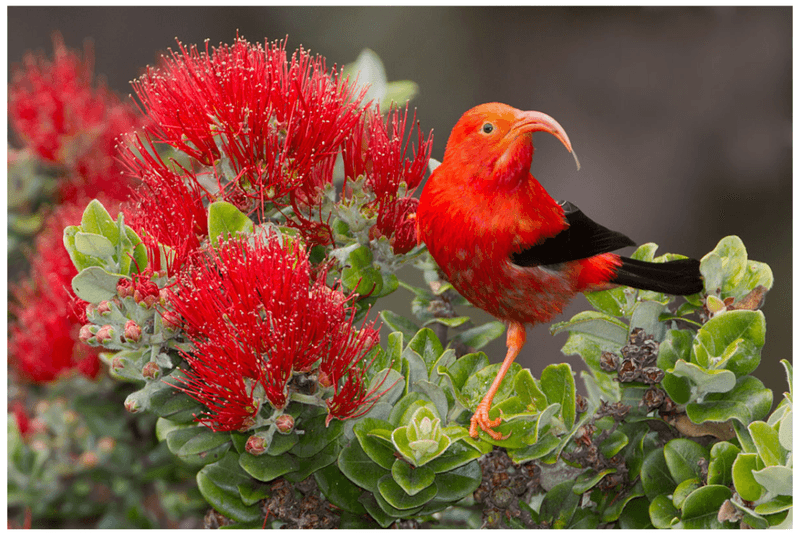
The ʻIʻiwi, or Scarlet Honeycreeper, is a true spectacle in Hawaii’s lush rainforests. Its brilliant red plumage and long, curved beak are unmistakable as it flits among the trees in search of nectar.
This bird’s melodious calls echo through the forest, adding to the enchanting atmosphere of its high-altitude habitat. Unfortunately, it’s facing challenges due to habitat loss and diseases spread by mosquitoes.
Efforts are underway to protect these forest beauties and preserve their natural homes. Their presence is a reminder of Hawaii’s unique ecological tapestry.
Hawaiian Hoary Bat (ʻŌpeʻapeʻa)
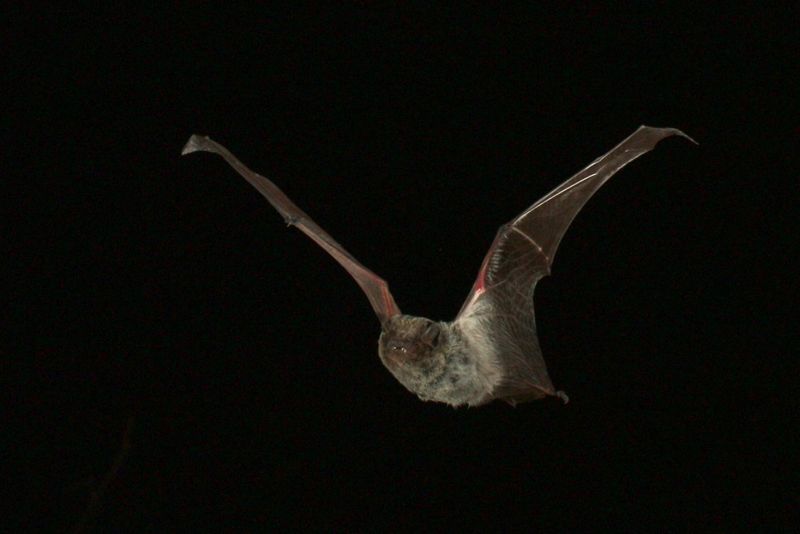
The Hawaiian Hoary Bat, known locally as ʻŌpeʻapeʻa, is Hawaii’s sole native land mammal. This elusive creature is a master of the night, hunting insects in the moonlight.
With its distinctive frosted fur and agile flight, it navigates the skies with precision. Solitary by nature, it roosts in trees during the day, remaining well-hidden from view.
Deforestation and habitat disturbance pose threats, but conservation efforts aim to safeguard its environment. Observing this winged marvel is a rare privilege, showcasing Hawaii’s rich biodiversity under the stars.
Nēnē (Hawaiian Goose)
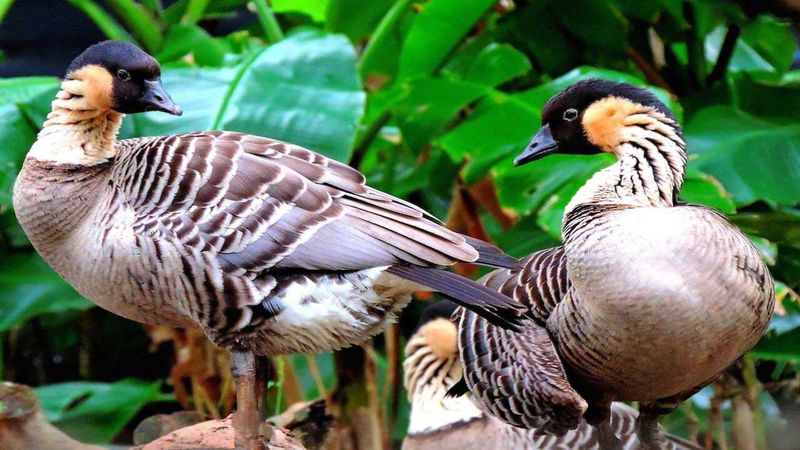
The Nēnē, Hawaii’s official state bird, is a symbol of resilience and adaptation. Descended from the Canada goose, it has evolved to thrive on the volcanic landscapes of Hawaii’s islands.
With its distinctive face markings and webbed feet adapted for walking on lava, the Nēnē navigates its rugged home with ease. Conservation efforts have brought this once critically endangered species back from the brink.
Today, seeing these geese roam freely is a testament to successful wildlife preservation. Their gentle honks and serene presence are a cherished part of Hawaii’s natural soundscape.
Puaiohi (Small Kauaʻi Thrush)
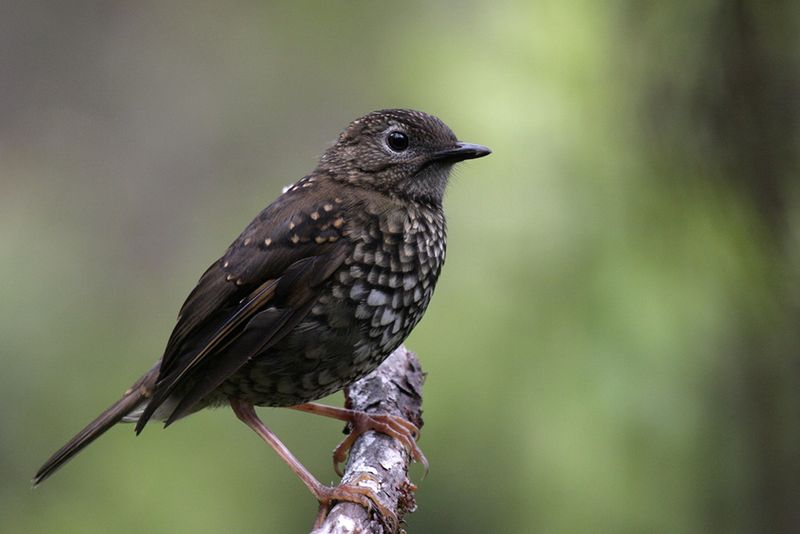
The Puaiohi, or Small Kauaʻi Thrush, is an elusive jewel of Kauaʻi’s forests. With its soft plumage blending seamlessly with the verdant backdrop, it’s an expert at remaining unseen.
Its melodious song, however, often betrays its presence, echoing through the forest canopy. Critically endangered, it faces threats from habitat destruction and invasive species.
Conservationists work tirelessly to protect its environment, hoping to secure a future for this gentle songbird. The Puaiohi’s understated beauty and enchanting melodies make it a treasure of Kauaʻi’s wild spaces.
Hawaiian Hawk (ʻIo)
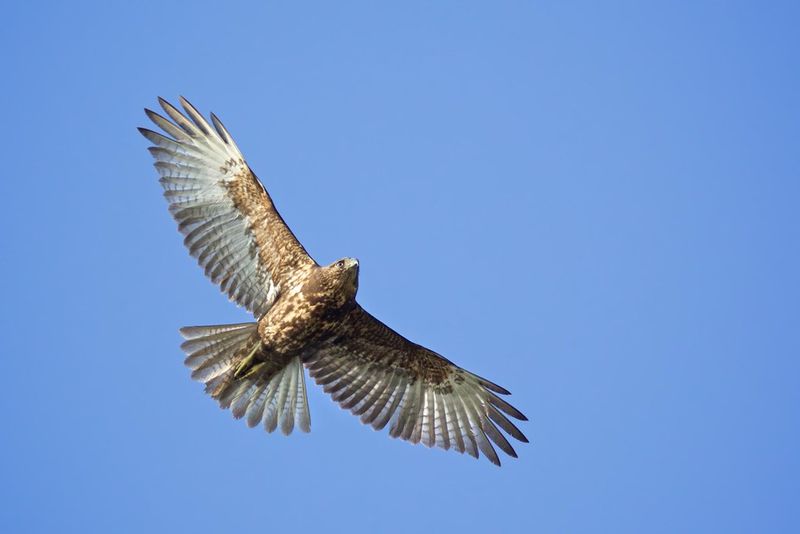
The Hawaiian Hawk, known locally as ʻIo, is a powerful predator found only on Hawaii’s Big Island. Renowned for its keen vision and impressive wingspan, it rules the skies.
With a call that resonates through the air, the ʻIo is both a cultural symbol and a key player in the island’s ecosystem. It hunts a variety of prey, showcasing its adaptability and prowess.
Habitat changes pose challenges, but conservation efforts strive to ensure its continued dominance in the skies. Spotting an ʻIo is a moment of awe, connecting observers with Hawaii’s wild spirit.
Hawaiian Tree Snails (Achatinella spp.)
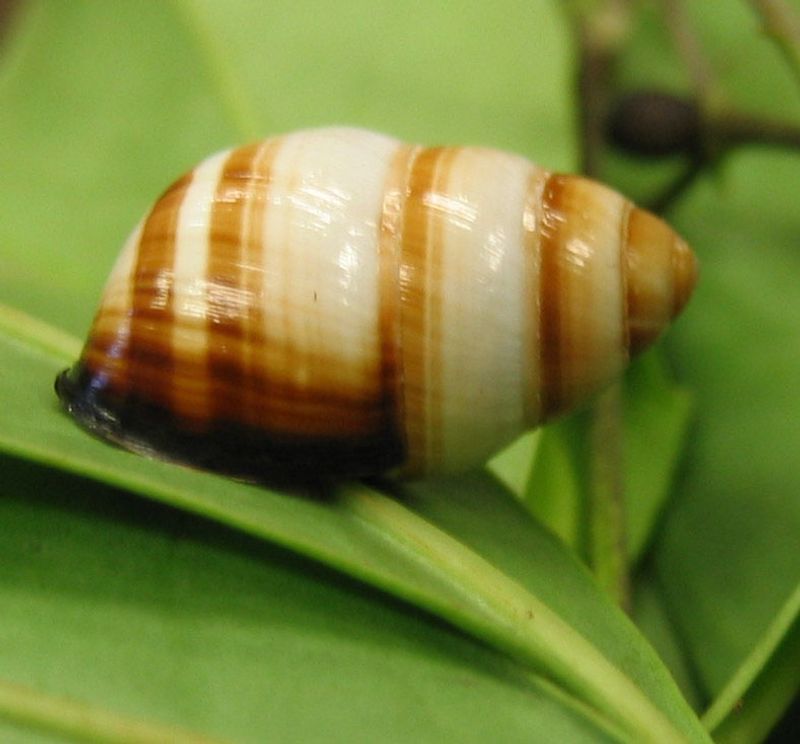
Hawaiian Tree Snails, belonging to the Achatinella genus, are renowned for their exquisite shells and unique coiled patterns. These arboreal gastropods inhabit the trees of Hawaii’s rainforests.
Each snail boasts a shell that’s a work of art, with colors and patterns as diverse as the islands themselves. Sadly, these snails face severe threats from habitat loss and introduced predators.
Conservationists are racing against time to protect these living jewels. Their presence is a testament to Hawaii’s evolutionary creativity and the fragility of its ecosystems.
Kauaʻi Cave Wolf Spider
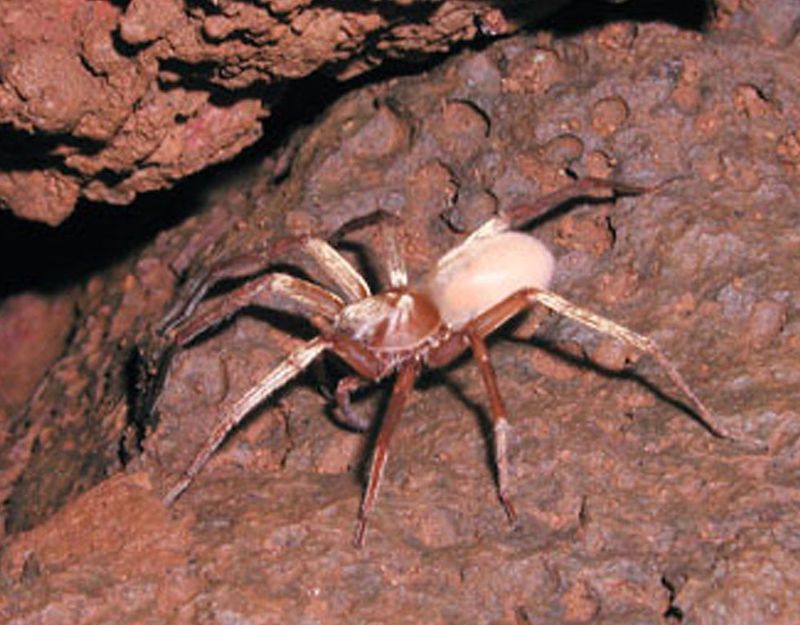
The Kauaʻi Cave Wolf Spider is a mysterious arachnid, adapted to life in the dark lava tubes of Kauaʻi. Remarkably, it has lost its eyesight, relying on other senses to navigate its subterranean world.
This spider is a master of its domain, hunting without vision in a habitat that’s both harsh and unique. Its existence is a testament to nature’s adaptability and resilience.
Endangered by habitat destruction, it underscores the importance of preserving these caves. Protecting this spider ensures the continuation of a fascinating evolutionary journey beneath Kauaʻi’s surface.
Happy-face Spider

The Happy-face Spider is a delightful resident of Hawaii’s forests, known for the smiley-face pattern on its abdomen. This tiny arachnid brings a touch of whimsy to the rainforests it calls home.
Its unique markings make it a favorite among nature enthusiasts, highlighting the playful side of evolution. Despite its cheerful appearance, it plays a vital role in controlling insect populations.
Conservation efforts aim to protect the delicate balance of its ecosystem. Encountering this spider is a reminder of nature’s creativity and the joy hidden in Hawaii’s wild places.
Hawaiian Stilt (Aeʻo)
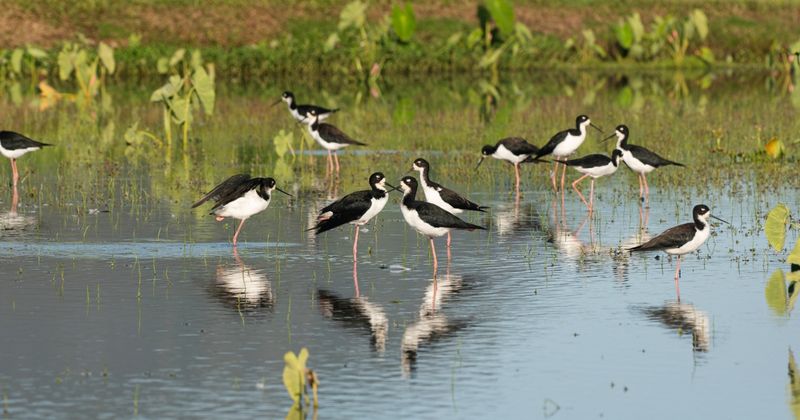
The Hawaiian Stilt, or Aeʻo, is an elegant wader that graces the wetlands of Hawaii. Its long legs and contrasting black-and-white plumage create a striking silhouette against the water.
This bird’s delicate movements as it searches for food add a touch of grace to its marshy habitat. Despite its beauty, it faces threats from habitat degradation and predators.
Conservationists work diligently to preserve its wetland home, ensuring these stilts remain a part of Hawaii’s avian community. The Aeʻo’s presence is a testament to the resilience of nature amidst changing environments.
Laysan Albatross (Mōlī)
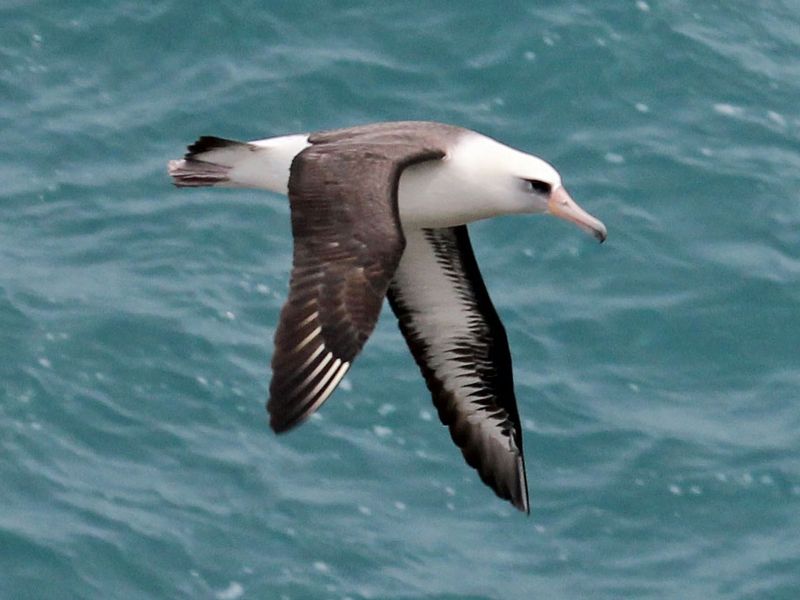
The Laysan Albatross, known as Mōlī, is a majestic seabird with an impressive wingspan, nesting primarily on the Hawaiian islands. Its long, graceful flights over the Pacific are a wonder to behold.
These birds are monogamous, forming lifelong bonds, and return to their birthplace to breed. Their nests dot the sandy beaches, where they raise their young amidst the ocean’s roar.
Challenges such as plastic pollution threaten their survival, but conservation efforts aim to safeguard their future. The Mōlī’s soaring presence is a symbol of freedom and the vastness of the open sea.
Palila
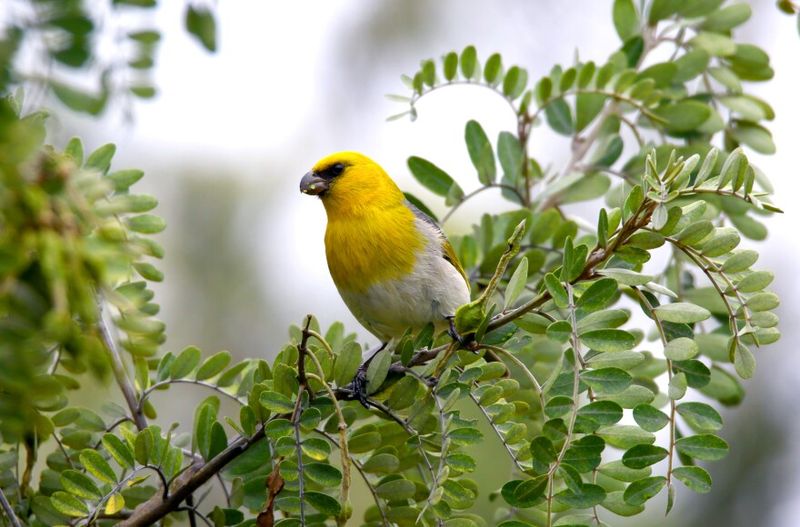
The Palila is a charming honeycreeper, closely tied to the mamane tree on Hawaii’s Big Island. Its bright yellow plumage stands out amidst the green foliage, making it a visual delight.
Dependent on the mamane for food, the Palila’s fate is intertwined with this tree’s survival. Conservationists focus on protecting these habitats from invasive species and deforestation.
The Palila’s cheerful presence and melodic songs bring life to the volcanic slopes. Its story of survival highlights the intricate connections within Hawaii’s ecosystems, emphasizing the need for preservation.
Hawaiian Coot (ʻAlae Keʻokeʻo)
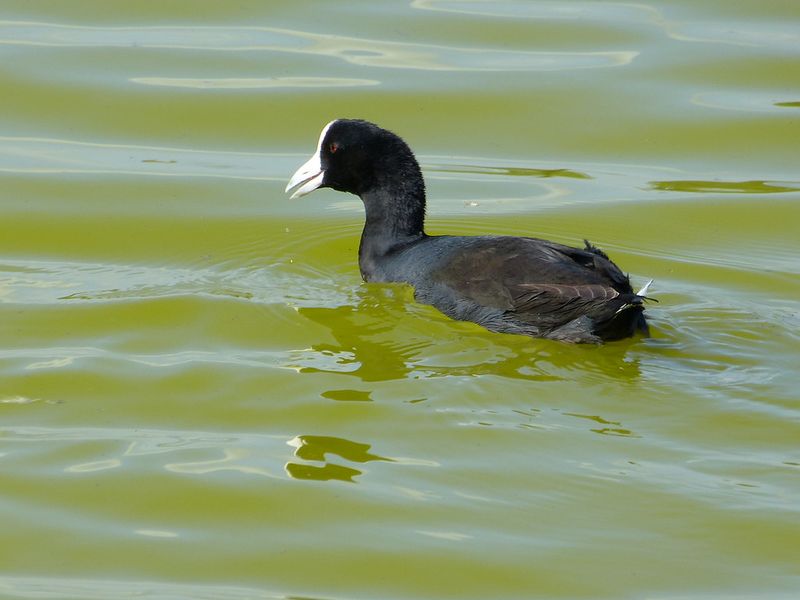
The Hawaiian Coot, or ʻAlae Keʻokeʻo, is a freshwater bird found on Hawaii’s main islands. With its distinctive white frontal shield and dark body, it cuts a striking figure on serene ponds.
These coots are adept swimmers, often seen gliding effortlessly across the water. They play a crucial role in maintaining the health of their aquatic habitats.
Threats include habitat loss and introduced predators, but conservation efforts strive to protect their numbers. Observing an ʻAlae Keʻokeʻo in its natural setting is a reminder of the delicate balance of Hawaii’s wetlands.
Hawaiian Flycatcher (ʻElepaio)
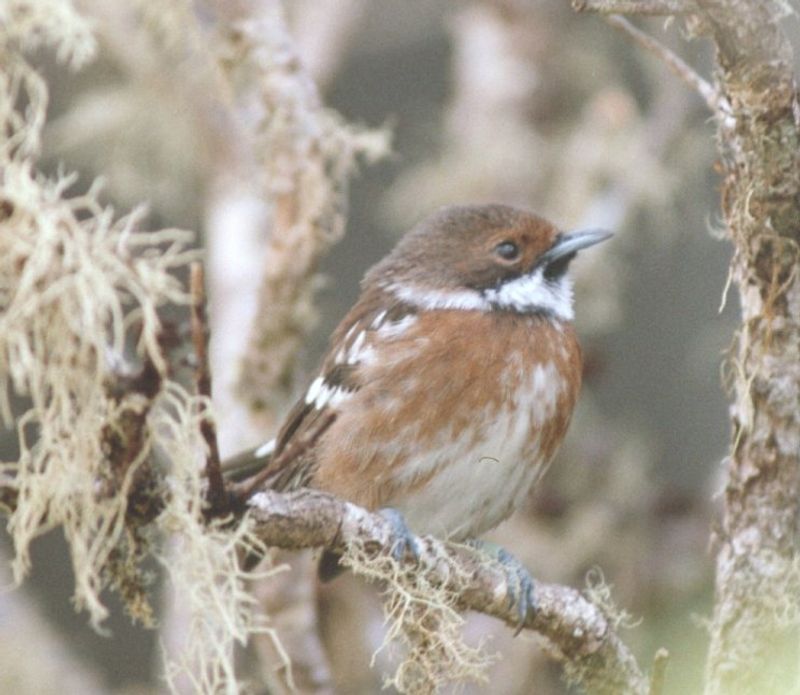
The Hawaiian Flycatcher, or ʻElepaio, is a spirited bird that inhabits Hawaii’s forests. Known for its inquisitive nature, it often follows hikers, adding a lively presence to the trails.
Different subspecies of the ʻElepaio exist on several islands, each with its distinct charm. Its song is a cheerful accompaniment to the rustling leaves.
Conservation efforts focus on combating diseases spread by mosquitoes, ensuring the ʻElepaio remains a familiar sight. This bird’s playful antics and melodic calls bring joy to those exploring Hawaii’s wild landscapes.

